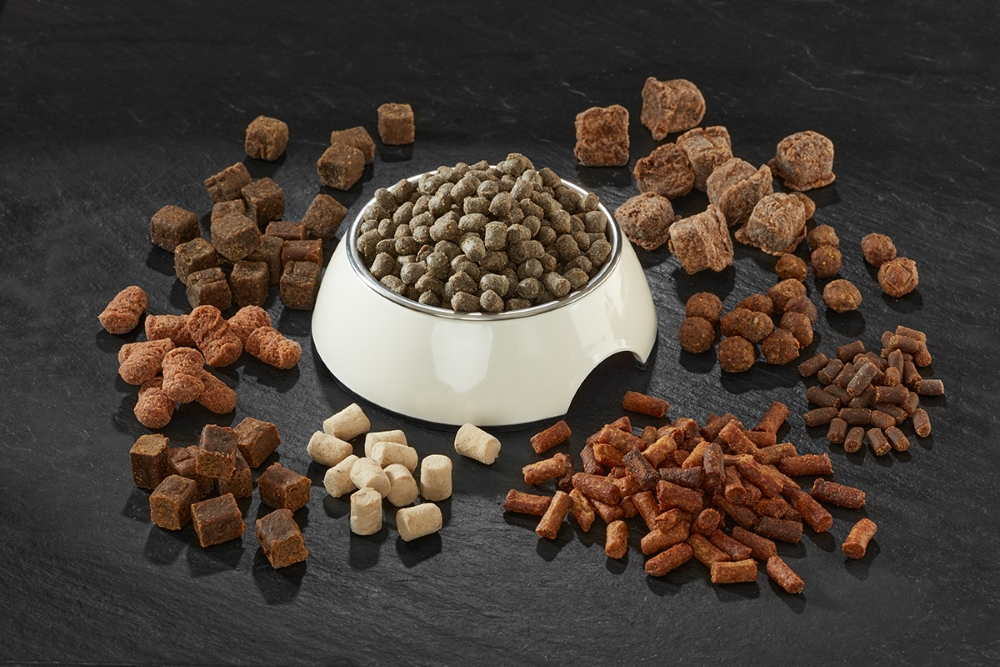News Blast: Your Daily Update
Stay informed with the latest news and trends.
What’s in Your Pet's Bowl? The Surprising Truth About Pet Food Ingredients
Uncover the shocking secrets of pet food ingredients and learn what really goes into your pet's bowl! Find out now!
Decoding Pet Food Labels: What Ingredients Really Mean
Understanding pet food labels is crucial for making informed choices about your furry friend’s diet. When examining these labels, it’s essential to remember that the order of ingredients matters; they are listed from most to least abundant. Protein sources, such as chicken or beef, should be at the top of the list, as they are vital for your pet's growth and energy. However, beware of vague terms like 'meat by-products' or 'animal digest,' which do not specify the meat source and can include undesirable parts.
Another key aspect to decode is the presence of filler ingredients like corn, wheat, and soy, which can be less nutritious. While they may provide cheap energy, these fillers often lack the essential nutrients pets need. Instead, look for labels that highlight whole grains and vegetables, which are both more digestible and beneficial. Supplements such as omega fatty acids, vitamins, and minerals are also worth noting, as they contribute to your pet's overall health. By carefully analyzing these components, you can select a quality diet that meets your pet’s specific needs.

Are You Feeding Your Pet the Right Nutrition? Common Myths Debunked
When it comes to providing the best nutrition for your pets, it’s essential to separate fact from fiction. Common myths often lead pet owners to make choices that could negatively impact their furry friends' health. For instance, many believe that table scraps are a suitable substitute for commercial pet food. While sharing a small piece of lean meat or vegetable might be fine occasionally, a regular diet of human food can lead to nutritional imbalances and obesity. It's crucial to remember that pets have different dietary needs than humans, requiring specific nutrients for optimal health.
Another prevalent myth is that 'grain-free' diets are inherently healthier for pets. While some animals may have sensitivities to certain grains, eliminating them without proper guidance can deprive your pet of vital nutrients. According to veterinarians, a balanced diet tailored to your pet’s specific age, breed, and health requirements is far more beneficial than relying on trends. Always consult with a veterinarian or a pet nutritionist to ensure you're providing the right nutrition for your furry companions and debunking these common myths once and for all.
What's Hiding in Your Pet's Bowl? Understanding Controversial Ingredients
When it comes to pet food, the ingredients listed on the label may not tell the whole story. Many pet owners are surprised to discover that some of the most common ingredients in their furry friend's bowl can be quite controversial. For instance, by-products are often seen in the ingredient list, leading many to question what exactly these items are. The term 'by-product' can refer to parts of animals that are not typically consumed by humans, which can raise concerns about quality and nutritional value. Additionally, fillers like corn and soy are frequently used to reduce production costs, but they often lack essential nutrients and can be difficult for pets to digest.
Furthermore, artificial additives such as preservatives and coloring agents are commonly included in many commercial pet foods. These ingredients can cause adverse reactions in some pets, leading to allergies or other health issues. It's crucial to read labels carefully and understand not only what goes into your pet's food but also the implications of specific ingredients. By being informed about what’s hiding in your pet’s bowl, you can make better dietary choices that promote your pet's health and well-being.